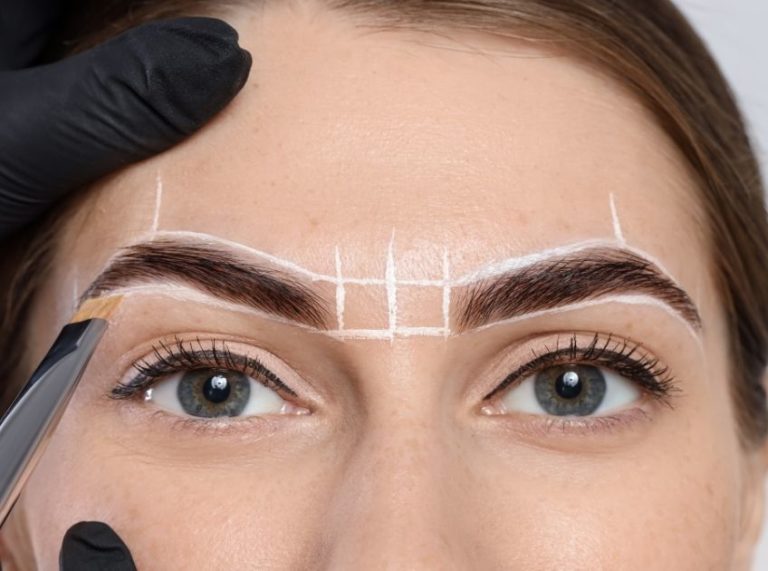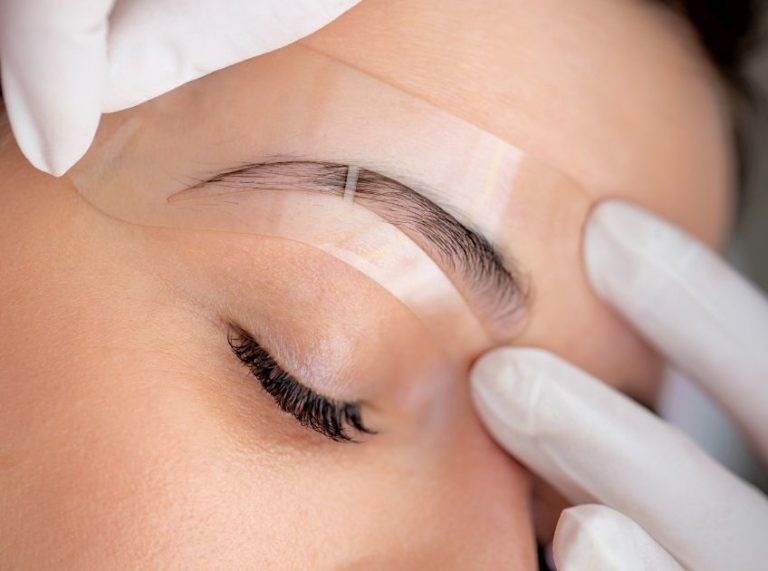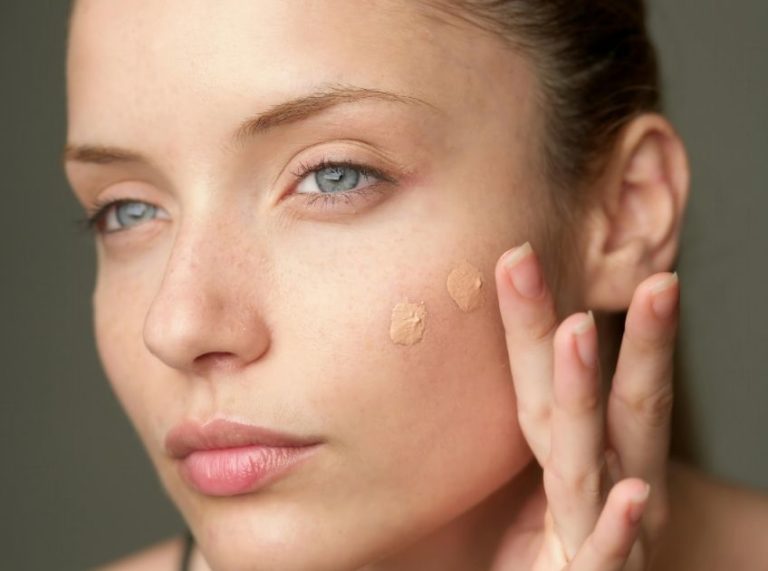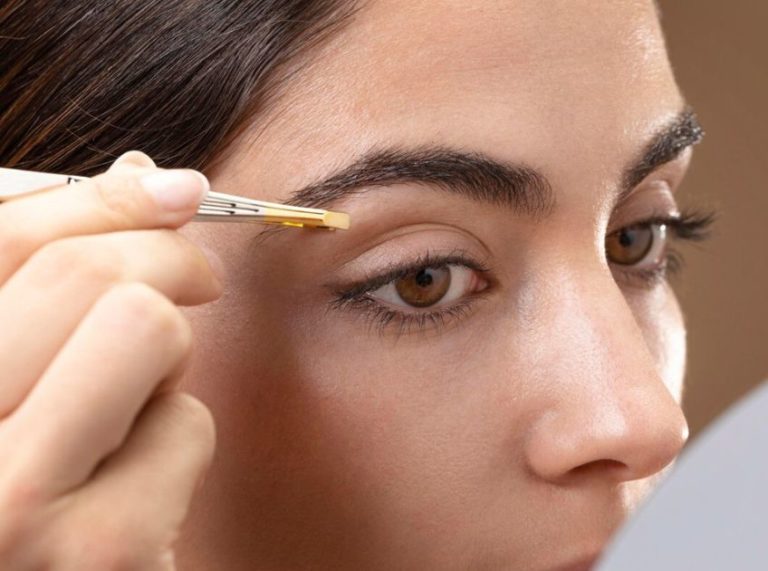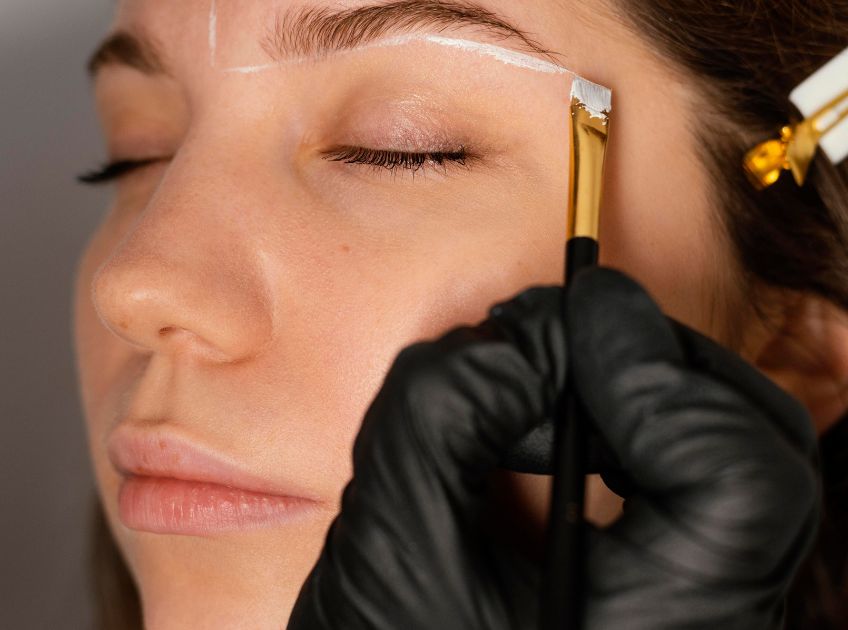
Important: This article is for informational purposes only. Please read our full disclaimer for more details.
Tired of spending precious minutes every morning filling in your brows? Eyebrow micropigmentation could be the solution you’ve been looking for. This semi-permanent cosmetic technique is designed to give you naturally fuller, more defined eyebrows without daily makeup.
With advancements in cosmetic dermatology, micropigmentation has become one of the most popular treatments for enhancing facial features. Backed by science and perfected by experts, it’s a game-changer for anyone who struggles with thin, uneven, or sparse eyebrows.
What Is Eyebrow Micropigmentation?
Eyebrow micropigmentation is a semi-permanent tattooing technique that uses microneedles to implant pigment into the upper dermal layer of the skin. Unlike traditional eyebrow tattoos, which can look harsh, micropigmentation creates soft, natural-looking brows by mimicking the appearance of real eyebrow hairs or by shading the brows for a fuller effect.
According to a 2021 study published in the Journal of Cosmetic Dermatology, micropigmentation (1) is considered safe and effective when performed by a trained professional, with 95% of participants reporting high satisfaction after the procedure.
Who Is an Ideal Candidate for Eyebrow Micropigmentation?
Micropigmentation can benefit anyone looking to enhance their brows, but it’s especially ideal for:
- People with sparse or thinning eyebrows due to aging, genetics, or over-plucking
- Individuals with alopecia or hair loss from medical conditions
- Those with asymmetrical brows who want better balance
- Busy individuals seeking a low-maintenance beauty routine
- People allergic to makeup products or have sensitive skin
Pro Tip: Pregnant or breastfeeding women, individuals with uncontrolled diabetes, and those prone to keloid scarring should avoid micropigmentation unless approved by a doctor.
Treatment Details: What to Expect During the Procedure
How Is Micropigmentation Done?
1. Consultation & Brow Mapping
The process begins with a detailed discussion about your desired eyebrow shape, color, and style. The technician maps your brows to complement your facial symmetry.
2. Numbing the Area
A topical anesthetic cream is applied to ensure minimal discomfort.
3. Pigment Implantation
Using a handheld micropigmentation device, natural-looking strokes or shading are created to fill and shape your brows.
4. Final Touches
Excess pigment is cleaned, and the brows are inspected for evenness and precision.
Duration: The entire session typically takes 2 to 3 hours.
Post-Procedure Care: How to Protect Your New Brows
Your aftercare routine determines how long your results last and how well your brows heal:
- Avoid touching, scratching, or rubbing the brows.
- Keep the area clean and dry for at least 7 days.
- Avoid makeup, saunas, pools, and direct sunlight until fully healed.
- Apply the prescribed healing ointment as directed.
Healing Time: Initial healing takes 7–10 days, but full pigment settling can take 4–6 weeks.
Risks and Benefits: Is Eyebrow Micropigmentation Safe?
Benefits
- Natural, fuller-looking brows that last 1–3 years
- Saves time on daily makeup
- Boosts confidence and enhances facial symmetry
- Great for people with hair loss conditions
Risks
While generally safe, potential risks include:
- Allergic reactions to pigments
- Infections may occur if aftercare instructions aren’t followed
- Uneven pigmentation if not done by a skilled professional
Research Insight: A 2020 review in the Aesthetic Surgery Journal found that micropigmentation complications are rare, especially when performed under hygienic conditions (2).
At-Home Care Tips After Micropigmentation
To make your results last longer and avoid complications:
- Moisturize sparingly: Use only the ointment recommended by your technician.
- Avoid sun exposure: UV rays can cause pigment fading.
- Say no to exfoliation: Skip chemical peels, scrubs, or retinoids around the brow area.
- Schedule touch-ups: A follow-up session after 4–6 weeks ensures pigment longevity.
When to Call a Doctor
Contact your doctor or dermatologist immediately if you experience:
- Severe swelling, redness, or pus
- Fever or chills, which may indicate an infection
- Persistent pain or itching beyond the normal healing period
Prompt medical attention ensures quick resolution and avoids permanent damage.
Scientific Insights Behind Micropigmentation
Micropigmentation works by depositing iron oxide-based pigments into the skin, which are designed to fade gradually and allow for adjustments over time. According to a clinical report in the Dermatologic Surgery Journal, the pigments used are biocompatible and stable, minimizing the risk of allergic reactions (3).
Moreover, advancements in digital micropigmentation devices now allow practitioners to control depth, speed, and pressure, leading to safer and more precise results.
Frequently Asked Questions (FAQ’S)
Q1. How long does eyebrow micropigmentation last?
A. Typically, results last 1 to 3 years, depending on your skin type, lifestyle, and aftercare.
Q2. Does the procedure hurt?
A. Most clients report only mild discomfort thanks to the use of numbing creams during the session.
Q3. Is micropigmentation the same as microblading?
A. Not exactly. While both are semi-permanent, microblading uses a manual blade to create hair-like strokes, whereas micropigmentation uses a machine for more controlled pigment application and is better suited for all skin types.
Eyebrow micropigmentation is a safe, effective, and semi-permanent solution for achieving fuller, well-defined brows without daily maintenance. Whether you have naturally thin brows, suffer from hair loss, or simply want to save time on makeup, this procedure can help you look polished and confident every day.
For the best results, choose a certified, experienced professional and follow proper aftercare guidelines. With the right approach, your brows can stay beautiful, natural, and hassle-free for years.
